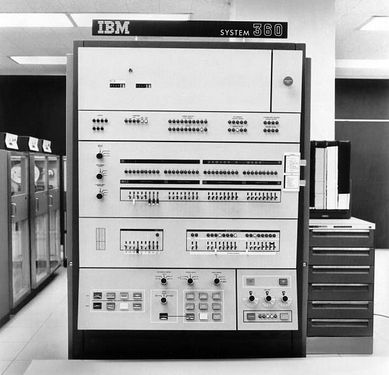In various places on this blog, I’ve mentioned courses that I took as a non-degree student at UofT:
- Quantum Physics I (PHY356H1F), taught by Prof. Vatche Deyirmenjian, fall 2010.
- Relativistic Electrodynamics (PHY450H1S), taught by Prof. Erich Poppitz, spring 2011.
- Quantum Physics II (PHY456H1F), taught 2011 by Prof. John E. Sipe, fall 2011.
- Continuum Mechanics (PHY454H1S), taught by Prof. Kausik S. Das, spring 2012.
- Advanced Classical Optics (PHY485H1F), taught by Prof. Joseph H. Thywissen, fall 2012.
- Basic Statistical Mechanics (PHY452H1S), taught by Prof. Arun Paramekanti, spring 2013.
- Condensed Matter Physics (PHY487H1F), taught by Prof. Stephen Julian, fall 2013.
I was recently asked what a non-degree student was, which is a good question, because I think it is a fairly obscure educational path. Here is how UofT describes their non-degree option:
“Non-degree studies is for those with previous university experience who wish to upgrade their university record to qualify for graduate school, a professional program, or for personal interest. Non-degree students enrol in credit courses, for which they have the prerequisites, but are not proceeding towards a degree.”
There are limits of what you can take as a non-degree student. You cannot, for example, take graduate physics courses, nor any courses from engineering. The engineering restriction seems to be because engineering (and computer science, and a few other programs), have a higher price tag. The restriction against taking graduate physics courses as a non-degree student appeared to be arbitrary — I suspect that the grad physics administrator really didn’t want to be bothered, and was happy with the fact that somebody had once imposed that restriction. There also isn’t a large set of people that are clamoring to take grad physics courses just because they are interesting, which makes it easy not to care about removing that restriction.
When I started my non-degree courses, my work at IBM had started to become very routine, and I was seriously questioning my career choices. I’d started off with an interest in the sciences, especially physics, and somehow had ended up as a computer programmer!? At a point of reflection, it is easy to look back and say to your self “how the hell did that happen?” My work at IBM (DB2 LUW) was excellent work from a compensation point of view, and lots of it had been really fun, interesting, and challenging. However, the opportunities to learn on the job were limited, and I was generally feeling under utilized.
I ended up with an unexpected life change event, and took the opportunity to try to reset my career path. IBM offered a flex work program (i.e. 80% pay and hours), and I took used that program to go back to school part time. I ended up taking most of the interesting 4th year grad physics courses, except the two GR courses that I’d still like to take. I had put myself on the path for new employment in a scientific computing field (or perhaps PhD studies down the line. I figured that once I had filled in some of my knowledge gaps, I’d be able to find work that would allow me to both exploit my programming skills, work on a product that mattered, perhaps even learn (science) on the job.
Because I was aiming for scientific computing work, where I figured my 20 years of programming experience would be more relevant than an undergraduate physics degree, non-degree studies was an excellent fit for me. Like any other student in the classes I took, I attended lectures, did the problem sets and exams, and got a grade for each course.
What I didn’t get was any sort of credential for the courses I took. I did end up with 2500 pages of PDF notes for the classes that I took — in my eyes that’s as good as a 2nd degree, but if I did end up looking for that scientific computing work, I’d have to convince my employer of that.
I’m now done with my non-degree studies, and did a followup M.Eng degree so I could take some grad physics courses. This should be the time that I should be looking for that scientific computing work. Why didn’t I switch gears? Well, part way through my M.Eng, I got poached from IBM to work at LzLabs. My work at LzLabs has been way too much fun, and is going to be an awesome addition to our product once completed. A transition from a mega company like IBM to one with ~100 (?) employees wasn’t one that I expected, and perhaps I’ll still end up eventually with scientific computing work, but if that happens it will probably be in the far future. For now, I’m working at LzLabs full time, and not looking back.
I still have a strong affinity for physics, but my plan is to go back to unstructured recreational studies, on my own schedule, once again without any care of credentials.

